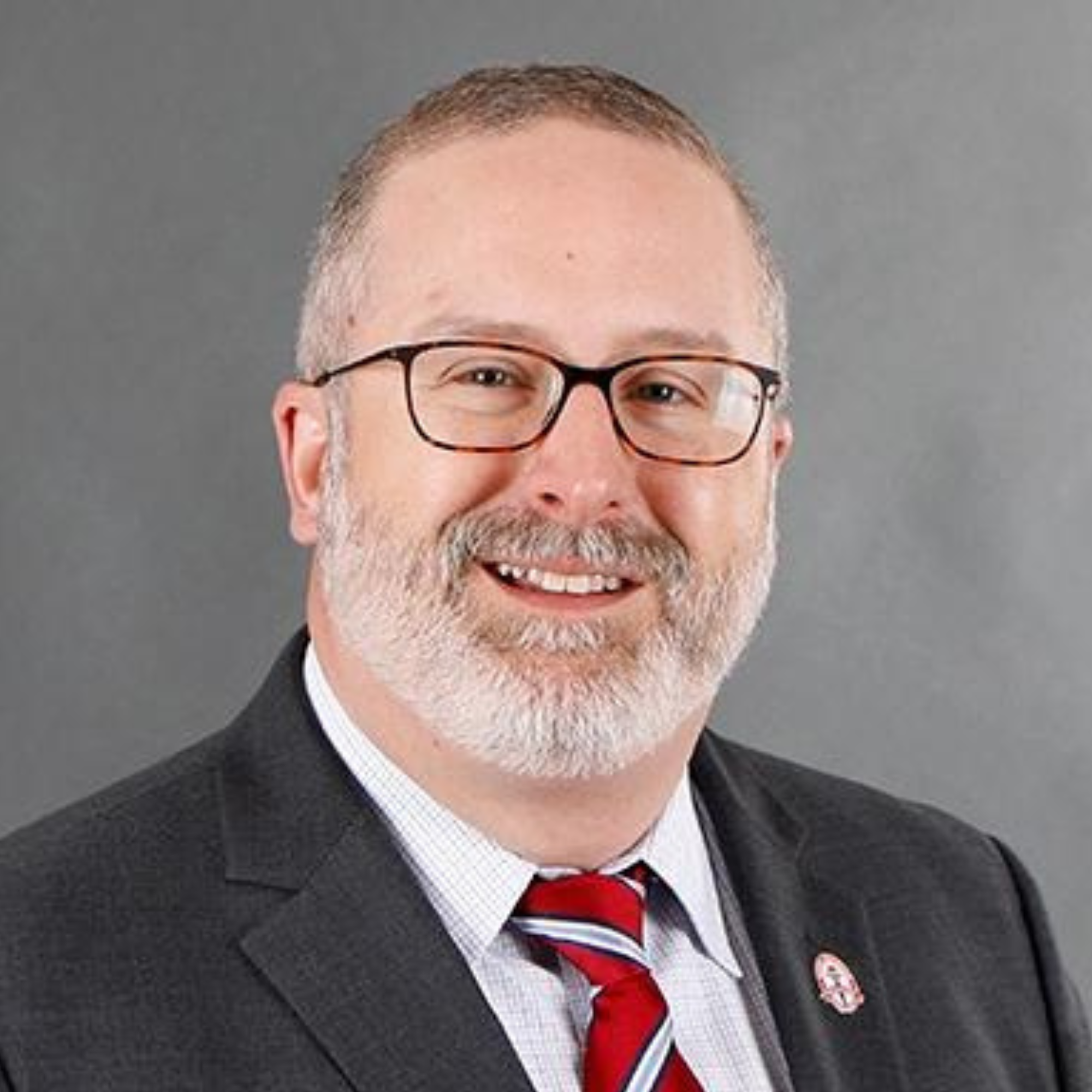Donald Trump has returned to the White House, and the Republican Party controls both houses of Congress, though the margin remains tight in the House of Representatives. Polls indicate that Americans’ trust in the Democratic Party is at a historic low. Republicans have a historic opportunity to implement much of their agenda.
That agenda includes significant reforms aimed at K-12 education. When the GOP adopted its party platform last summer, the party committed itself to nine educational priorities, including universal school choice. According to the party’s platform,
Republicans believe families should be empowered to choose the best Education for their children. We support Universal School Choice in every State in America. We will expand 529 Education Savings Accounts and support Homeschooling Families equally.
Trump has signaled his commitment to school choice with his recent executive order “Expanding Educational Freedom and Opportunities for Families.” The order is unambiguous: “It is the policy of my Administration to support parents in choosing and directing the upbringing and education of their children.” The accompanying guidance is directed not only to the Department of Education, but also the Departments of Health and Human Services, Defense, and the Interior
School choice has long been a priority for conservatives, including many evangelicals. There was a dramatic rise in private K-12 schools beginning in the 1960s. Many such schools were affiliated with local churches. Though some of the earliest private schools were founded in opposition to racial desegregation, especially in the Deep South, by the 1970s the more significant catalyst was growing concerns about secular humanist assumptions in many public schools. Secularism and its implications also contributed to the growing popularity of homeschooling in the 1980s and 1990s.
The early 1990s also marked the beginning of the charter school movement, which allowed for greater parental input into public education. The earliest school voucher bills were also passed in the early 1990s, enabling low-income families to afford private educational options. In the 2010s, states began establishing various types of tax-free education savings accounts (ESAs). Depending upon one’s context, ESA funds could go towards tuition, tutoring, educational supplies, and in some cases college.
Click Here to Read More (Originally Published at World Magazine)
Nathan is a professor of faith and culture and directs the Institute for Faith and Culture at North Greenville University in Tigerville, S.C. He is the senior fellow for religious liberty for the Ethics and Religious Liberty Commission, is a senior fellow for the Land Center for Cultural Engagement, and is a senior editor for Integration: A Journal of Faith and Learning. He also serves as teaching pastor at the First Baptist Church of Taylors, S.C.

